Karachi, Pakistan's economic center, faces severe traffic congestion due to rapid growth and inadequate infrastructure. The introduction of super highways, like the Malir Link, offers a solution by improving connectivity, reducing travel times, boosting local economies, and enhancing quality of life for residents, despite challenges like urban density and construction management.
Karachi, Pakistan’s bustling metropolis, has long grappled with severe traffic congestion, impacting its economic growth and quality of life. This article delves into the complex issue of Karachi’s traffic, exploring the potential solutions offered by superhighways. We analyze the promise of linking various areas through efficient transport networks, while also acknowledging the challenges in implementing such highway projects. Ultimately, we discuss the benefits and impacts on the city’s mobility, highlighting the transformative potential for Karachi.
- Karachi's Traffic Congestion: A Complex Issue
- The Promise of Super Highways
- Linking Areas: Efficient Transport Solutions
- Challenges in Implementing Highway Projects
- Benefits and Impact on City Mobility
Karachi's Traffic Congestion: A Complex Issue
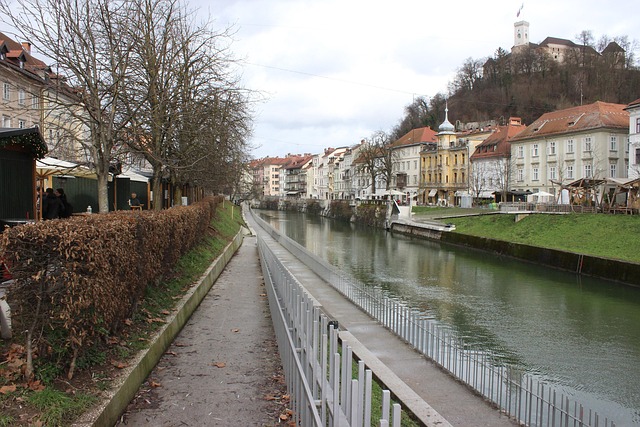
Karachi, Pakistan’s economic powerhouse and a bustling metropolis, faces a significant challenge in the form of severe traffic congestion. The city’s ever-growing population, rapid urbanization, and increasing number of vehicles have led to a complex web of issues on its roads. Congestion is not just a minor inconvenience; it has become a daily struggle for many Karachis, impacting their productivity and quality of life.
The primary factors contributing to Karachi’s traffic woes include inadequate infrastructure, poorly planned road networks, and a lack of efficient public transportation systems. The city’s roads, designed decades ago, struggle to accommodate the modern-day traffic volume. Additionally, the absence of well-connected mass transit options has resulted in a heavy reliance on private vehicles, further exacerbating the congestion.
The Promise of Super Highways
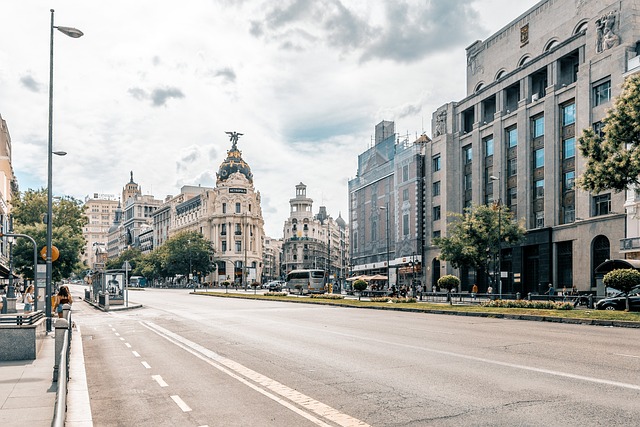
The concept of super highways promises a transformative shift in urban mobility, particularly for Karachi’s burgeoning population. These expansive roads are designed to alleviate traffic congestion, reduce travel times, and facilitate efficient transport across the metropolis. With a focus on high-speed travel and smart infrastructure, they offer a glimpse into a future where navigation within the city becomes seamless and responsive.
In Karachi, the potential benefits are immense. The super highway link can connect various parts of the city, enabling smoother movement for commuters, goods transportation, and emergency services. It has the capacity to revitalize local economies by fostering easier access to markets and reducing delivery times, ultimately enhancing the overall quality of life for residents.
Linking Areas: Efficient Transport Solutions

Karachi, the vibrant metropolis, faces unique challenges when it comes to efficient transport solutions. With a vast urban landscape and ever-growing population, navigating the city’s traffic has become a complex task. The introduction of the Malir Link to the Super Highway offers a promising avenue to ease these congestion issues. This strategic connection promises to revolutionize travel by providing an alternative route, thereby reducing the burden on existing roads.
By linking various areas of Karachi, including Malir and its surrounding suburbs, this new highway aims to enhance mobility and cut down travel times significantly. The efficient transport network it facilitates will not only benefit locals but also boost economic activity throughout the city. With improved connectivity, businesses can thrive, and residents can enjoy easier access to essential services, making Karachi an even more dynamic and livable urban center.
Challenges in Implementing Highway Projects
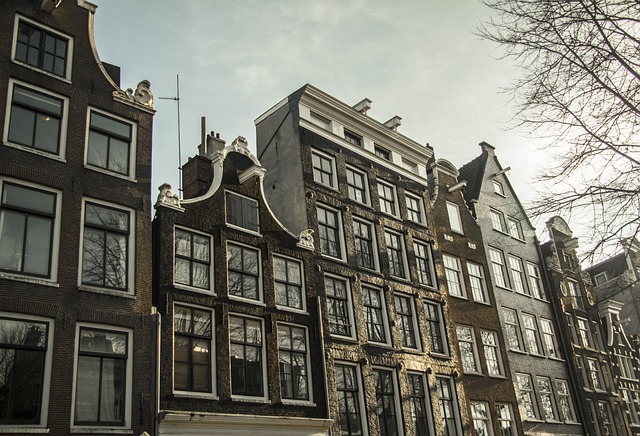
Implementing highway projects, especially in dense urban areas like Karachi, presents a unique set of challenges. One of the primary hurdles is balancing the need for efficient transportation infrastructure with the preservation of residential and commercial spaces. Karachi, being a bustling metropolis, requires thoughtful planning to avoid displacement and disruption caused by construction. The complex web of existing utilities, historical buildings, and densely packed neighborhoods adds an extra layer of complexity.
Another significant challenge lies in managing traffic flow during and after project implementation. With limited options for rerouting traffic, construction activities can lead to severe congestion, impacting daily commutes and economic productivity. Effective strategies are required to mitigate these effects, such as phased construction plans, temporary detours, and real-time traffic management systems tailored to Karachi’s unique urban landscape.
Benefits and Impact on City Mobility
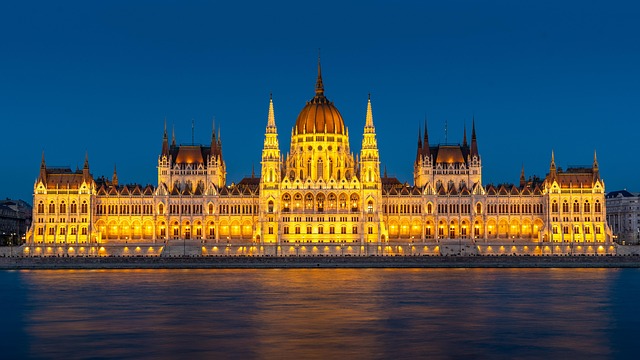
The Malir Link to Super Highway is a game-changer for Karachi’s traffic and city mobility. This new addition promises to alleviate the bustling streets of Pakistan’s largest metropolis, offering an efficient alternative route. The project enhances connectivity between Malir and other parts of Karachi, reducing travel time significantly. With better access to major transportation arteries, residents can look forward to smoother commutes and more productive days.
The impact on city mobility is profound. It helps alleviate congestion, making it easier for folks to navigate the labyrinthine streets of Karachi. This improved connectivity fosters economic growth by enabling businesses to thrive with enhanced logistics and supply chain efficiency. In terms of environmental benefits, reduced traffic congestion translates into lower carbon emissions, contributing to a greener Karachi.
The proposed Malir Link to Super Highway offers a promising solution to Karachi’s perennial traffic congestion. By efficiently linking various areas, this project has the potential to revolutionize urban mobility in the city. While challenges remain in implementation, the benefits—from reduced travel times to improved connectivity—could significantly enhance the quality of life for Karachis. As such, it represents a crucial step forward in navigating the city’s complex traffic landscape.



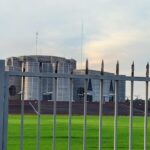

Leave a Reply